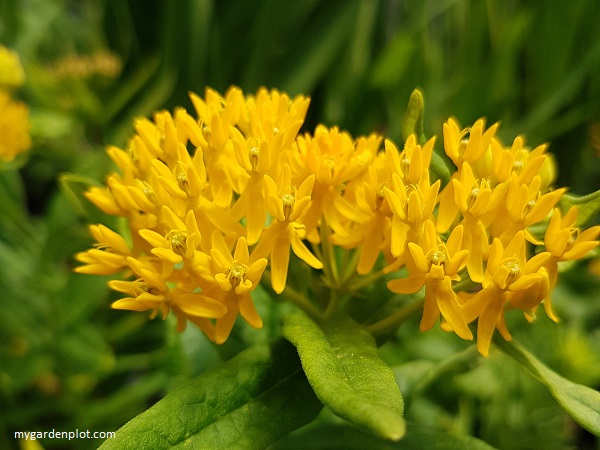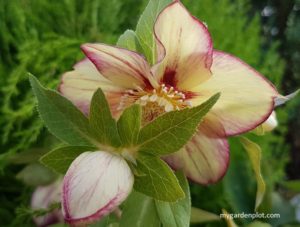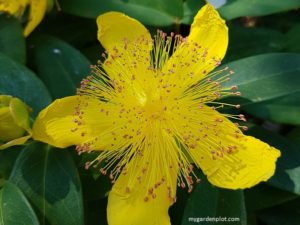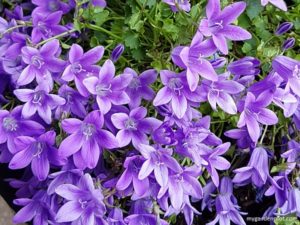About Asclepias tuberosa (Butterfly Weed, Orange Milkweed, Milkweed, Silkweed, Pleurisy Root, Chigger Flower)
The Asclepias tuberosa, more commonly known as butterfly weed or orange milkweed, is from the Asclepiadoideae, formerly Asclepiadaceae, (milkweed) family. This wildflower species is native to the southern and eastern regions of the USA. The butterfly weed is an important food source for butterflies. Monarch butterflies especially love it, and it is crucial in supporting and protecting the Monarch population. No naturalist garden would want to be without this showy plant for attracting butterflies with its vivid flower colours. Also suitable as cut flowers arrangements. The butterfly weed draws other beneficial garden insects and pollinators such as bees. The butterfly weed is easy to grow. Though, caterpillars will munch the leaves down. Fortunately, the butterfly weed plant is quick to recover and bloom again, plus it is deer resistant. Butterfly weed is low maintenance and hardy to zone 3.
The butterfly weed is a bushy perennial with vivid orange, red and yellow flowers that bloom reliability throughout the summer months and sometimes into early autumn. It has an upright clump form with slender green leaves and flat-top clusters of flowers at the end of stems. Fruit forms after flowering. While many are orange and beautiful, the ‘Hello Yellow’ (feature photo) is our new favourite with its bright yellow flowers. It is not as tall as the others reaching up to about 50 cm (1.5 ft).
Asclepias tuberosa (Butterfly Weed) At A Glance
Type: Perennial
Location: Full Sun
Flowering Season: Summer
When To Prune: Cut Back Late Winter
Size: Varies – up to 90 cm (3 feet)
Plant Hardiness Zones: 3, 4, 5, 6, 7, 8, 9
Where To Plant And How To Grow Asclepias tuberosa (Butterfly Weed)
Butterfly weed should be planted in average, sandy, well-drained soil but will tolerate any soil conditions subject that it is not soggy. It needs a location that gets full sun.
It is non-invasive, but the location where it is planted should be considered as the butterfly weed will establish itself in that location. Your butterfly weed will keep coming back year after year.
Butterfly weed is easy to grow from seed. If the flowers are left to seed, it will reseed freely and new growth will follow later in spring. If grown from seed, it will bloom the first year but will take two to three years to mature and produce dense flower clusters.
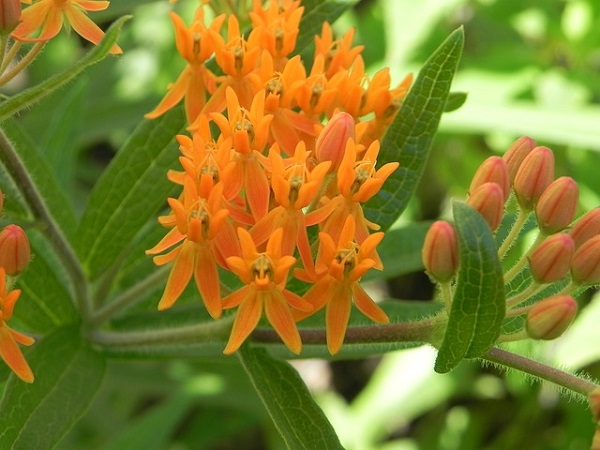
How To Care For Asclepias tuberosa (Butterfly Weed)
Butterfly weed is easy to care and very low maintenance. Water regularly during the first year. It will grow a long taproot, and once established, it will be drought tolerant.
An annual application of fertilizer is not needed. Humus-rich topsoil added annually to your garden bed should be enough to feed and keep it healthy.
Aphids can be a nuisance but this can be countered with help from ladybirds. Or spray the aphids with soapy water or wash them off with the hose.
RELATED TOPIC: Good and bad garden bugs
Pruning Asclepias tuberosa (Butterfly Weed) And Winter Care
The butterfly weed will die back in winter and come back in spring. Late winter cut back and remove any dead matter remaining in the area. It does take some time to re-emerge in spring but once it does, it will be quick to impress throughout summer.
RELATED TOPIC: Buyer’s Guide On How To Choose Hand Pruners (Secateurs)

